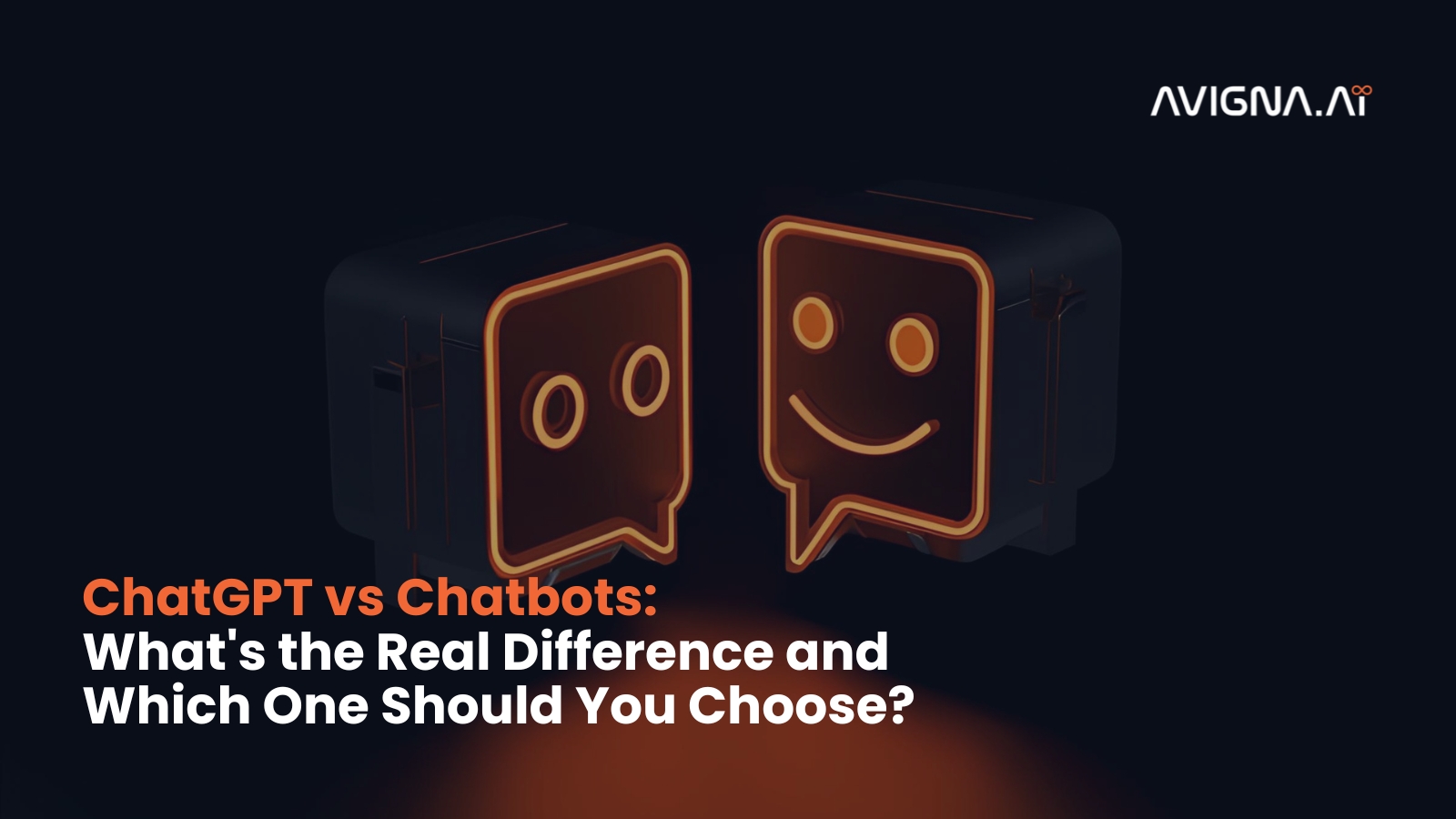IoT Solutions for Remote Generator Management: Monitoring and Control from Anywhere
For years, generators have served as a lifeline for many companies and families by providing power during an outage. However, earlier technologies required operators to be present at all times so they could use and adjust their settings accordingly. In this sense, IoT has opened a new world where things can be controlled remotely and monitored from afar, with an expected growth of around $750 billion by 2025. These remote management solutions enable manufacturers of power generators to handle their fleets from any location while enhancing efficiency.
What is IoT-based Remote Generator Management?
IoT-based remote generator management refers to monitoring generators and their operations from a remote location using IoT.
Some critical aspects of an IoT-based remote generator management system include:
- IoT detectors are positioned on the generator to monitor factors such as fuel grades, output power or load, and temperature.
- An IoT gateway device is mounted to gather data wirelessly in real time from those sensors.
- The sensor data is sent over Wi-Fi or cellular networks to private or public cloud computing platforms.
- Data analysis using analytic tools on the cloud to generate actionable insights.
- Access to generator diagnostics and performance reports through a user-friendly web or mobile dashboard from anywhere.
- Remotely start/stop generators or receive alerts for any faults or issues.
- Facilitating predictive maintenance, optimized scheduling, and superior visibility into asset health.
How does an IoT Generator Monitoring System work?
Usually, when it comes down to generator monitoring systems based on IoT, they have four major components that work together – sensors, an IoT gateway, a cloud platform, and a user interface.
IoT Sensors
Sensors are installed on or around the generator to track operational parameters. Standard sensor types include:
- Ultrasonic sensors: Track diesel/fuel levels in real time to prevent theft or outage.
- Temperature sensors: Monitor engine temperature for overheating detection.
- Voltage/Current Sensors: Track electrical parameters for power quality checks.
- Load sensors: Measure generator load consumption patterns.
- Motion/Vibration sensors: Detect abnormal operations or maintenance needs.
IoT Gateway
The IoT gateway acts as the on-site ‘brain’ to aggregate sensor data wirelessly. Critical roles of the gateway include:
- Collecting data from all connected sensors periodically via protocols like MODBUS, etc.
- Processing and packaging raw sensor readings into meaningful formats.
- Transmitting encrypted sensor data to the cloud via WiFi, LTE/4G, or satellite networks.
- Receiving and executing remote commands/configuration from the cloud.
Cloud Platform
All sensor data the gateway receives is stored, managed, and analyzed on a centralized cloud platform. Key functions include:
- Storing vast quantities of historical, real-time, and contextual IoT sensor data.
- Processing data using machine learning algorithms to generate insights.
- Executing rules/workflows for alerts, notifications, and automation.
User Interface
Meant for viewing generator monitoring outcomes, key elements are:
- Web and mobile dashboards for 24/7 access on any device.
- Visualization of real-time operating parameters, historical trends, and reports.
- Alerts/notifications on faults, maintenance due, or action operations.
- Control features like starting/stopping generators remotely on-demand.
Data Insights from IoT Monitoring
Meaningful insights can be collected by analyzing sensor data under four major categories:
Generator Health Metrics
- Fuel levels (%) to prevent outage/theft
- Voltage/current for power quality
- Temperature (°C) to detect overheating
- Oil Pressure (PSI) for engine health
- Runtime (Hrs) for maintenance needs
Fuel and Usage Analytics
- Daily/monthly fuel consumption (Litres)
- Cost of fuel burned ($) per unit produced
- Load profile analysis over time
- Fuel efficiency ratios like Liters/kWh
Environmental Factors
- Ambient temperature on load profile
- Humidity/pressure on equipment
- Exhaust emission parameters
- Noise pollution levels
Asset Utilization Reports
- Load vs. time graphs
- Hours run at different loads
- Backup power reliability
- Load shedding strategies
- Overall equipment effectiveness
Benefits of IoT-based Monitoring
An IoT-based remote generator monitoring and management system delivers several advantages:
- Reduced Downtime: Faults are detected early via alerts. Predictive maintenance prevents unplanned outages.
- Cost Savings: Eliminates regular on-site checks. Less fuel wastage through optimized load scheduling. Lower maintenance expenses.
- Environmental Impact: Improved efficiencies reduce emissions and help organizations transition to greener operations.
- Safety and Security: Remote monitoring from any location enhances personnel protection by detecting intruder presence via connected security cameras.
- Scalability: IoT enables adding more generators/sites to the same monitoring network with relative ease. The pay-as-you-grow model lowers upfront costs.
- Uptime Assurance: Proactive fault remediation through 24/7 monitoring increases backup power reliability.
Ensuring Safety and Compliance through Real-time Alerts
IoT sensors paired with intelligent algorithms can monitor real-time safety conditions and regulatory parameters. You can quickly get instant notification of issues like overheating, abnormal vibrations, and low battery, which helps take swift corrective action before hazards occur. Emission levels, noise pollution, and other factors affecting communities are closely tracked to ensure adherence to statutory standards.
Customizable alert rules send mobile push notifications when crossing pre-defined thresholds. Also, the remote commands allow generators to be stopped instantly during emergencies until the situation can be assessed. This level of responsiveness was not possible with manual checkups.
Driving Optimization with Remote Control Capabilities
Beyond monitoring, IoT platforms also empower electrical manufacturers and fleet operators with remote control features. Generators can now be turned on or off, load-tested, and load-managed remotely using smart devices. You can also set scheduled runtimes to ensure equipment stays in top operating condition without human intervention.
Generators will then run at combined heat and power (CHP) modes for greater efficiency when heat and electricity are required. Malfunctioning units are rapidly isolated to maintain power quality. These capabilities allow for higher asset utilization while lowering energy costs through intelligent load management and optimization of grid interactions.
Receive our Expert Guidance
At Avigna, our success stories of IoT Implementation in Residential and Commercial Generator Management speaks volumes about our expertise. We help global leaders in Manufacturing, HVAC, Electrical, and Vending Machine Providers with trusted IoT solutions. Contact our team for an expert assistance with your IoT strategy. Reach us at queries@avigna.ai. Follow us on LinkedIn and YouTube.




